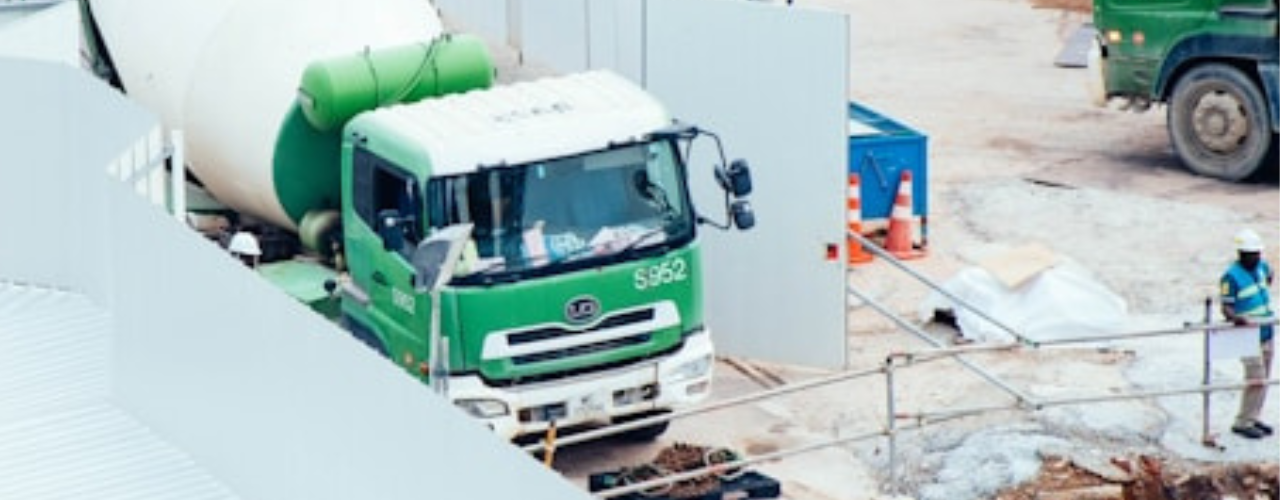
When campaigning finally begins in earnest for the next General Election, debates around criminal justice, policing and prisons will dominate. A key talking point for Fine Gael candidates will be the delivery of an additional 1,100 prison spaces in the six years up to 2030.
With Fine Gael holding the Justice portfolio for over 13 years, this represents their vision for the future of prisons in Ireland. But this electoral pledge will likely find favour with the other two large parties, as Fianna Fáil will not want to be flanked on ‘law and order’ issues while Sinn Féin have a sensitivity to being perceived as soft on crime.
If 1,100 prison spaces are indeed added by 2030, the prison estate will have expanded by a quarter to over 5,600 spaces. As this Government has demonstrated a greater ability to deliver on new prison spaces than on local authority cost rental homes (103 prison spaces vs 22 cost rental homes in 2023), should we now doubt their commitment and resolve to realise this vision.
But what will this expansion cost? The Minister for Justice Helen McEntee TD claimed that these new prison spaces can be delivered for €548 million over the period, including other ICT, security and infrastructural upgrades. Almost exactly €500,000 per prison space!
Yet, thinking about it a little more, this number seems on the low side for an expansion of this scale. And it is, as it only represents the proposed capital investment required. To accurately describe the reality of the full cost to Irish taxpayers, current spending such as staffing costs must be factored in too. Our fiscally prudent political parties have surely weighed this up as part of their decision-making before going to the public.
Prison is Expensive
Prison is both labour-intensive and expensive. Based on a 2022 annual report, the provision of 4,411 beds required 3,493 full time equivalent staff.
Alongside the staff required to ensure the operation of a prison, the cost of a staffed prison place is also increasing. In 2022, each prison space cost €84,067, which is a 23% increase on the 2017 cost of €68,535.
The increased cost of the average staffed prison space is commensurate with the overall increase in the gross budget of the Irish Prison Service over the same period (see below). In 2022, the budget was €414 million, an increase of 26% from 2017.
The Covid response, inflation and national wage agreements have contributed to the budgetary increases since 2017 but the initial point remains salient. Imprisoning people on the scale that Ireland currently does is an expensive endeavour, and increasingly more so.
Future Costs of Prison Expansion
Outside of the headline figures provided by the Minister, no other information is known. This section requires a pinch of salt as it makes projections on future current costs if prison expansion of 25% is realised. Firstly, when the current IPS budget is broken down, we see that salaries/wages and goods/services represent the largest portion of IPS expenditure and the day-to-day running of the prison estate.
With the Minister already outlining the proposed capital spending from 2024 to 2030 as €548 million, an inevitable question is what possible demand an additional 1,100 prison spaces would place on our tax receipts into the future. Especially when there are many pertinent demands coming from disability, housing, education, and mental health services.
The table below is based on a scenario where the 1,100 spaces are added evenly over the six-year period up to 2030; an additional 183 spaces per year. When we take 2022 as the reference year with a spending of €382 million on salaries and services for 4,411 staffed prison spaces, by 2030, this equivalent budget for salaries and services may increase to €486 million.
Taking the projected additional current costs over the six-year period, 2024-2030, this adds up to €333 million. When added to Minister’s proposed capital costs of €548 million, we then see than the cost of this expansionary vision could be €881 million. Could be much closer to a billion euro when in place and operational.
Opportunity Cost
Will this proposed prison expansion solve prison overcrowding? Likely not, as no structural changes to our system of punishment has occurred. It will be the same system as today, just more of it. Will the taxpayer see better outcomes for prisoners and society if we are expected to spend almost a billion euro? Again likely not, as overcrowding will continue putting the same strain on prison officers, teachers, addiction counsellors, psychologists, and chaplains.
But this is not solely a question of return on investment but a question of opportunity cost. What are the services which we can not provide as resources are funnelled into more prison spaces? Widely available, high quality and free community services for addiction and mental ill-health would cost a portion of what is being proposed to spend. And would serve to stem the flow of people into prison, thereby creating space and breathing room in a creaking system.
We are witnessing a prison system which could quickly stagger into crisis as increasing overcrowding acts like an unknown tipping point, where the humane running of a prison becomes impossible. Retrofitting closed prisons and building new wings just delays the reckoning.

